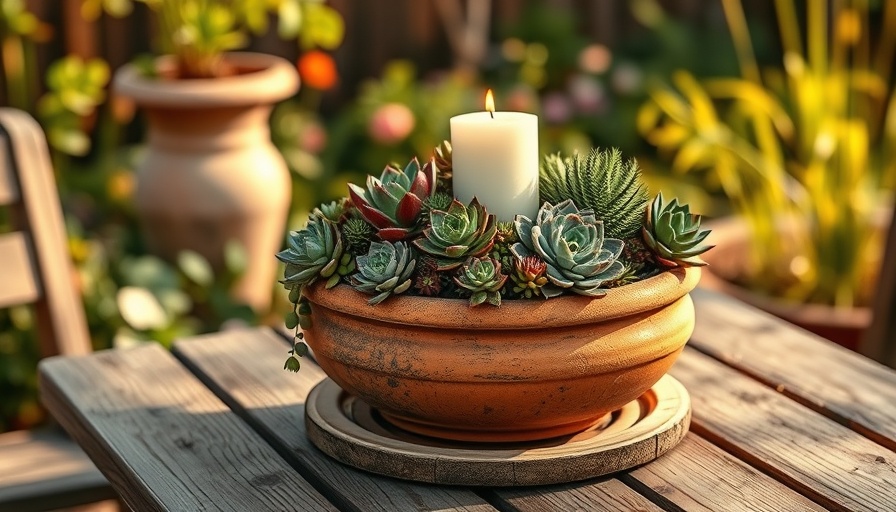
Uncover the Secrets of Cold-Hardy Herbs
Cold-hardy herbs can transform your winter garden into a flourishing sanctuary, showcasing resilience and beauty throughout the frost. Unlike tender annuals, these hardy plants hibernate during the colder months and burst back to life come spring, offering both culinary delights and therapeutic benefits. Whether you're a seasoned gardener or a curious novice, understanding how these herbs thrive can enhance your gardening experience while ensuring your next dish is fresh, flavorful, and sustainable.
Why Cold-Hardy Herbs are Essential
For any garden enthusiast, especially those following organic gardening principles, cold-hardy herbs serve multiple purposes. They enrich your garden soil, attract pollinators, and even repel pests naturally. This makes them not only beneficial from a culinary standpoint but also from an ecological perspective. Herbs like rosemary and chives continue to mature and provide flavor long into the winter months, assuring your meals are flavored with homegrown ingredients no matter the season.
A Deep Dive into Top Cold-Hardy Herbs
Here are some of the standout cold-hardy herbs to consider adding to your herb garden:
- Chives: With a mild onion flavor, chives are a classic choice that thrive in zones 4 to 8.
- Thyme: Renowned for its culinary versatility and resilience, thyme can survive harsh winters.
- Rosemary: In warmest regions, this evergreen herb will remain lush year-round, perfect for roasted dishes and aromatics.
- Lavender: Not only does it add a lovely fragrance, but lavender also plays a role in attracting beneficial garden insects.
- Sage: Wonderful for seasoning, sage thrives in conditions that drain well, making it an essential herb for winter herb gardens.
Practical Tips for Caring for Cold-Hardy Herbs
Here are some gardening tips to keep in mind when cultivating cold-hardy herbs:
- Soil Quality: Ensure your soil is sandy with good drainage; this will encourage root growth and mitigate frost damage.
- Mulching: To protect against frost, consider adding organic mulch to preserve soil temperature.
- Watering Techniques: Even in colder months, herbs need hydration. Be mindful not to overwater, as this can cause root rot.
- Pruning: Regularly prune your herbs post-harvest to encourage new growth and prevent woody stems.
Future Trends in Winter Herb Gardening
The increased focus on sustainable living and local food sourcing is propelling the movement towards winter herb gardening. As urban spaces become more crowded, integrating herbs into vertical gardens or container gardens is becoming increasingly popular. This approach not only beautifies the environment but also ensures easy access to fresh herbs without the need for extensive outdoor space. Trends show a growing interest in DIY gardening and edible landscapes, encouraging everyone to embrace growing even in challenging climates.
Connecting with Nature Through Herb Gardening
For many, gardening is a form of therapy, a way to reconnect with nature and promote mental well-being. Engaging with cold-hardy herbs can reduce stress and cultivate mindfulness. Walking out to your frost-touched garden to snip off some fresh sage or lavender for a dish is not just about the flavors it brings; it's about the experience, the connection, and the joy of growing your own food and herbs.
Take Action: Create Your Winter Herb Garden Today!
Now is the perfect time to plan and plant your cold-hardy herbs! Consider your local climate and choose species that thrive in your area. Whether you decide to create a dedicated herb garden or mix your herbs in with other plants, the benefits are plentiful. Start small, perhaps with chives and thyme, and expand as you discover what grows well. Embarking on this gardening project not only supplies you with fresh ingredients for your meals but also nurtures your well-being and connection to nature.
 Add Row
Add Row  Add
Add 




Write A Comment